The world’s 20 least-visited countries, ranked
Off the radar

While some destinations are overrun with tourists, others barely make a blip on the travel radar – despite boasting incredible landscapes, rich cultures and fascinating histories. Using the latest UN Tourism data, we’ve rounded up the 20 least-visited countries in the world. For adventurous travellers, these off-the-beaten-path spots promise untouched beauty and one-of-a-kind experiences. Just be sure to check travel advisories before booking a trip.
Read on for our countdown of the world’s least-visited countries…
20: Mongolia
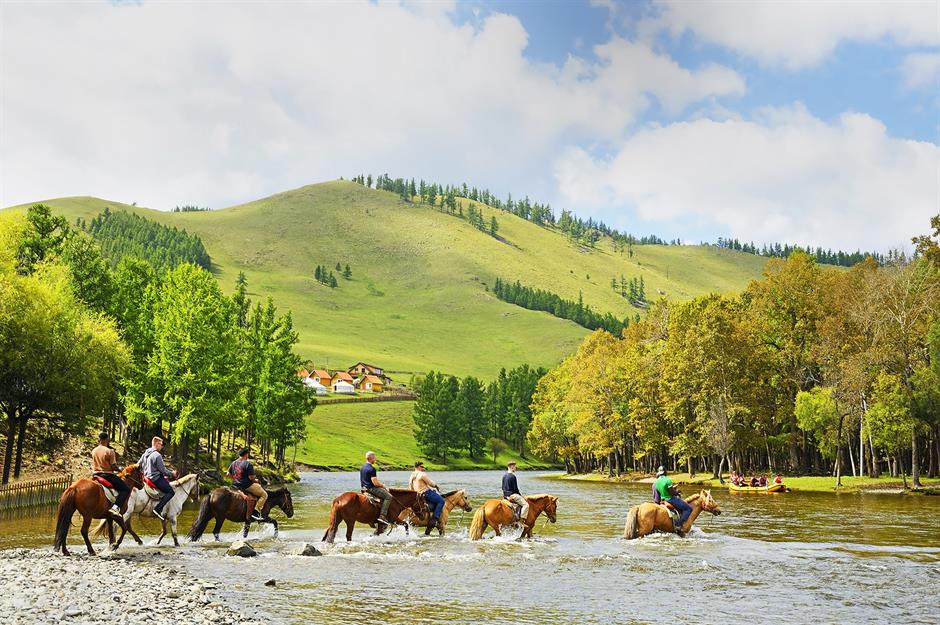
Mongolia, with just 301,000 visitors in 2022, is one of the world’s least visited yet most rewarding destinations. Its vast steppes, dramatic deserts and snow-capped mountains create an untouched wilderness that feels frozen in time. Visitors can stay in traditional gers, experience the legendary hospitality of Mongolian herders and stargaze under one of the world’s darkest night skies.
20. Mongolia
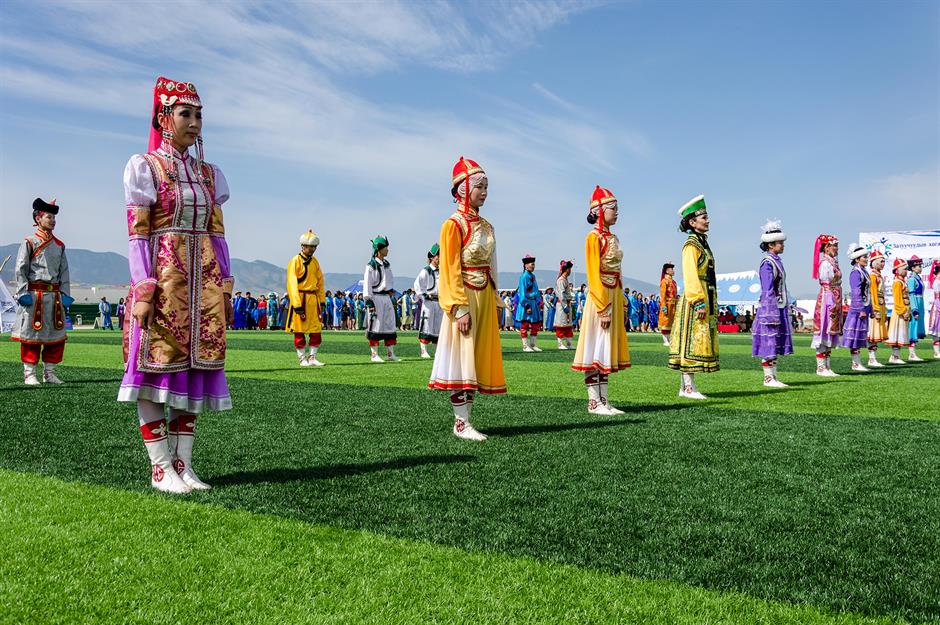
July is a great time to visit, as it marks the annual Naadam Games, the country’s biggest festival. Featuring wrestling, horse racing and archery, tourists are welcome – though tickets for stadium events should be booked in advance.
For a more immersive experience, smaller rural Naadam festivals offer a closer look at local traditions. From the grand opening ceremony to intense competitions and cultural performances, Naadam is a spectacular celebration of the country's nomadic heritage.
19. Guyana
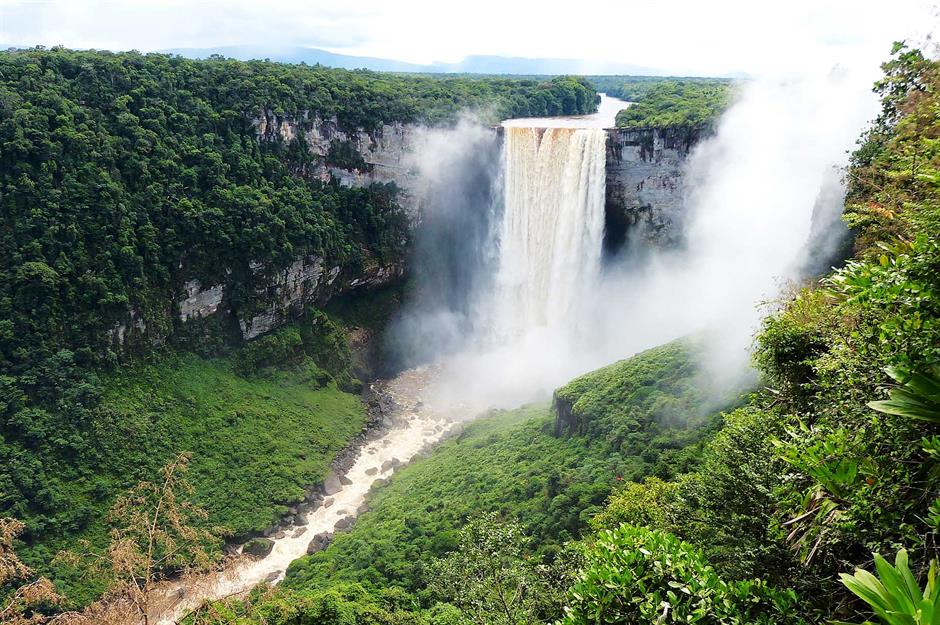
Guyana has long been South America’s least-visited country, with limited flight connections and vast Amazon rainforest making it a challenging destination to reach and explore. However, that’s beginning to change, as more airlines – including British Airways, KLM, American Airlines and United Airlines – now offer regular flights to the capital, Georgetown.
19. Guyana
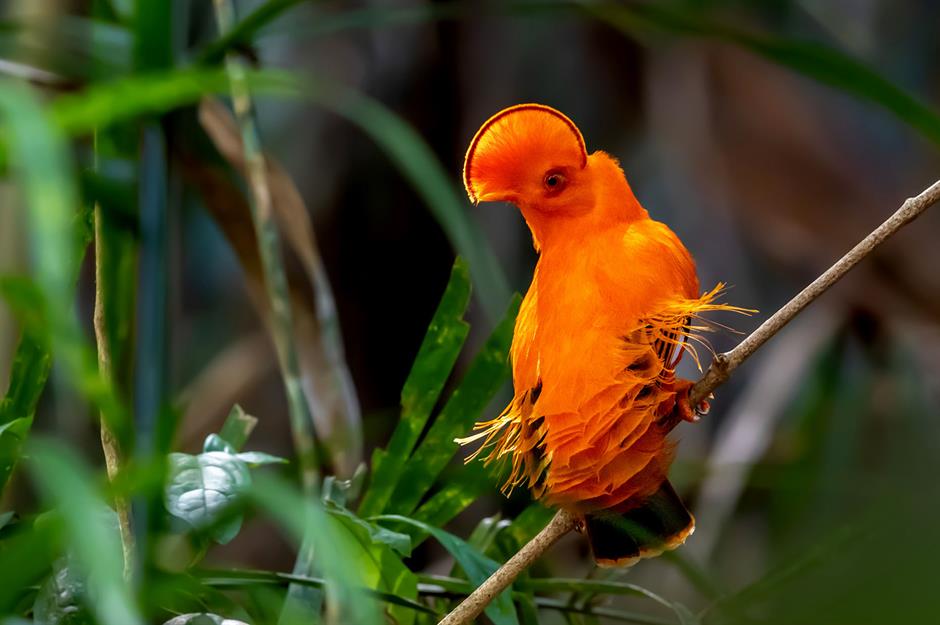
The country’s Caribbean culture, colonial-era architecture and diverse flora and fauna set it apart from other South American nations. Its best-known attraction is Kaieteur Falls, the largest single-drop waterfall in the world, and a good place to spot endemic bird species including the distinctive Guianan cock-of-the-rock (pictured).
18. French Polynesia
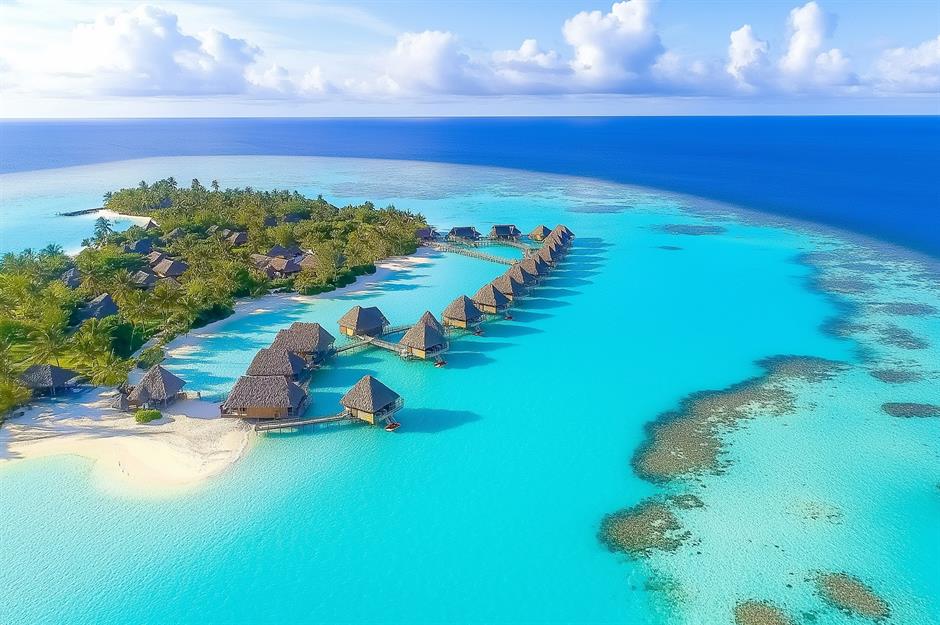
French Polynesia looks like it’s been lifted straight from a dream, so it's surprising that it's one of the least-visited countries in the world, with just 261,000 visitors in 2022.
Nowhere does overwater bungalows better than Bora Bora, but beyond the private villas and infinity pools, the islands pulse with rich Polynesian culture – think hypnotic ʻori Tahiti dance performances, fire-lit feasts of poisson cru and the welcoming spirit of the locals.
18. French Polynesia
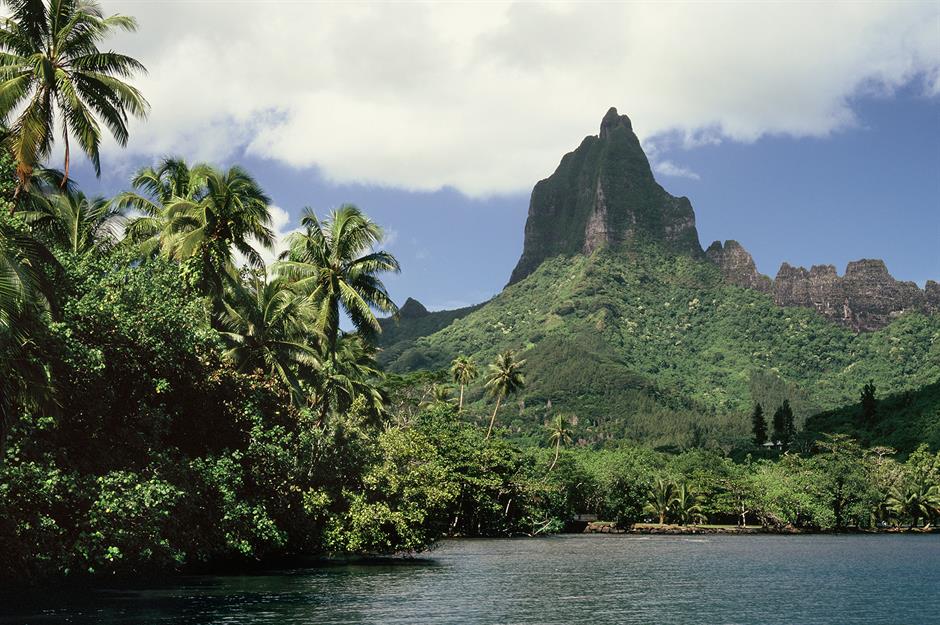
While Tahiti and Bora Bora steal the spotlight, the real magic often lies in the lesser-known islands. Mo’orea (pictured), Taha’a and Rangiroa offer the same jaw-dropping scenery with even fewer tourists, plus hidden waterfalls, pristine coral reefs and rare encounters with manta rays.
Whether you’re diving into the deep blue, catching the scent of vanilla plantations on the breeze, or watching humpback whales glide past your boat, French Polynesia is a destination dreams are made of.
17. Trinidad and Tobago

The twin island nation of Trinidad and Tobago may not draw the crowds of other Caribbean hotspots, but that’s part of its charm. Trinidad, the larger and livelier island, is best known for the Caribbean’s biggest Carnival, an annual spectacle of music, dance and dazzling costumes.
Port of Spain reflects the country’s diverse heritage, from Creole, Indian and African influences to colonial-era landmarks like Queen’s Royal College. Just outside the city, nature lovers can explore Caroni Bird Sanctuary or unwind at stunning Pigeon Point Beach, pictured.
17. Trinidad and Tobago
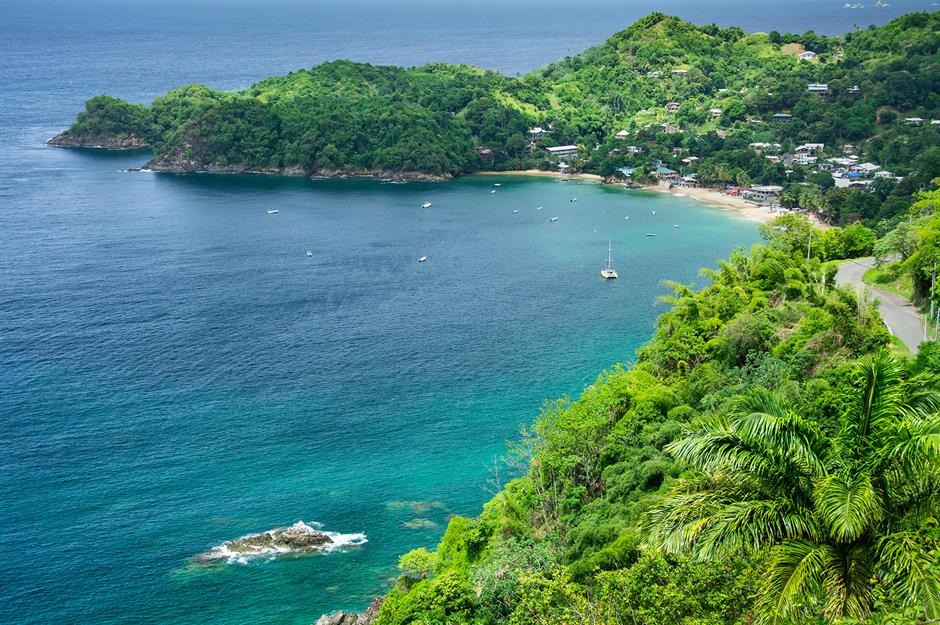
Tobago, in contrast, is all about slowing down. This smaller, more laid-back island is famous for its pristine beaches, coral reefs and untouched rainforests.
The Nylon Pool, a shallow sandbank in the middle of the sea, is a must-visit, while Buccoo Reef offers some of the best snorkelling and diving in the Caribbean. Inland, the Main Ridge Forest Reserve, the world’s oldest legally protected rainforest, is a haven for birdwatchers and hikers.
16. Dominica
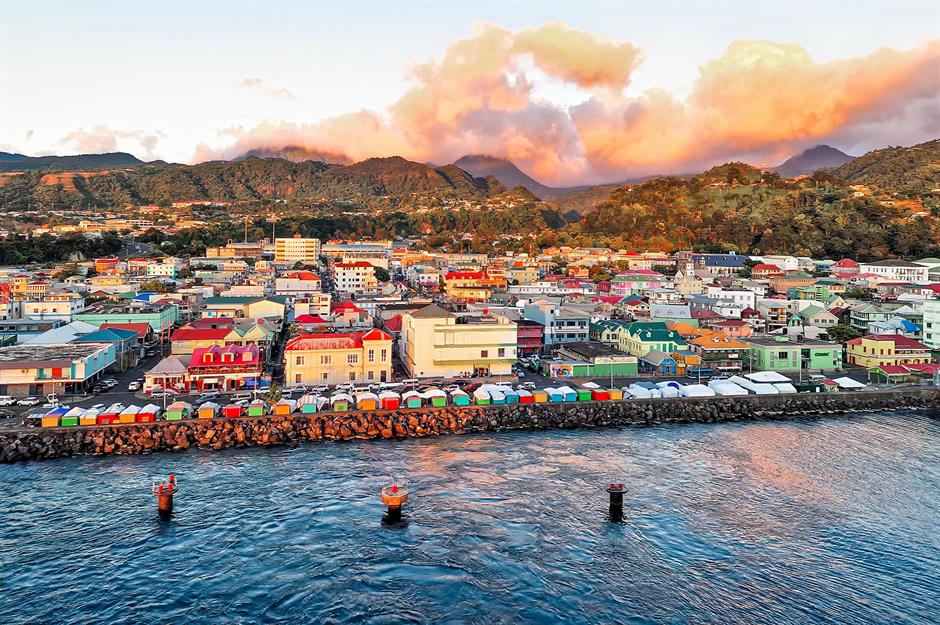
Dubbed the 'Nature Island', Dominica is a paradise for travellers who prefer rugged landscapes and adventure over all-inclusive resorts. With rainforests covering much of the island, Dominica is home to boiling lakes, volcanic peaks and cascading waterfalls – a dream destination for outdoor enthusiasts.
For a more relaxed experience, visitors can soak in hot springs near Wotten Waven, heated by the island’s geothermal activity, or swim in Emerald Pool, a picture-perfect waterfall set in the rainforest.
16. Dominica
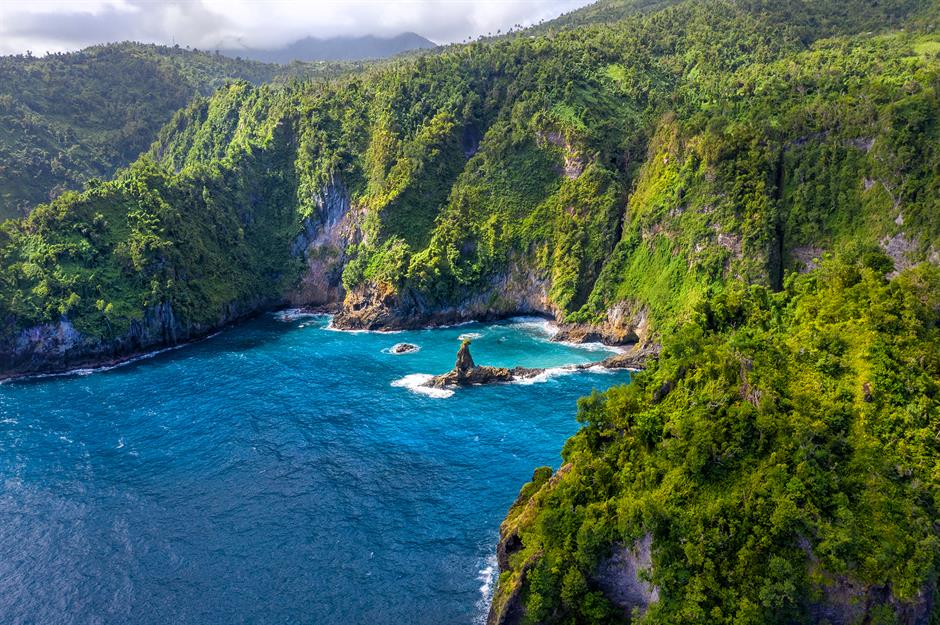
Dominica’s underwater world is the jewel in its crown. With numerous spots for world-class diving and snorkelling, the island’s warm waters also attract sperm whales year-round, making it one of the few places where you can swim with them.
For dramatic coastal views, Glassy Point (pictured) stuns with jagged volcanic rock and crashing Atlantic waves. Unlike its busier neighbours, Dominica remains unspoiled and low-key, making it an ideal destination for those who prefer adventure and nature to beaches and resorts.
15. Myanmar
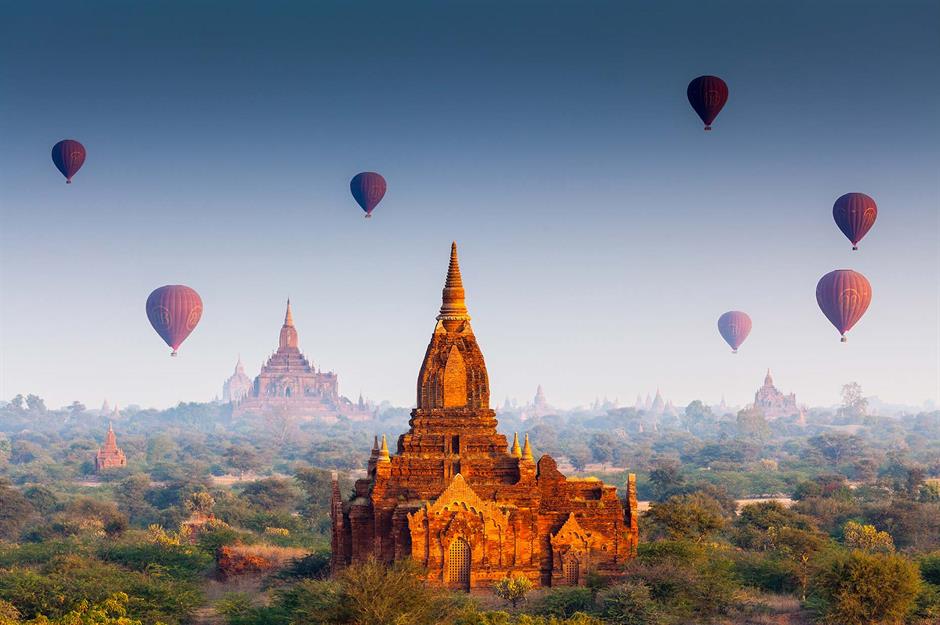
Travel to Myanmar – formerly known as Burma – has long been affected by political instability, making it a rare addition to many itineraries. The country was under British rule from 1885 to 1948, initially as part of British India until 1937, when it became a separate colony.
After gaining independence, Myanmar saw decades of conflict, and ongoing safety concerns make it a challenging destination for travellers, especially after a devastating earthquake hit the country in March 2025. Both the UK and US governments currently advise against attempting to visit.
15. Myanmar
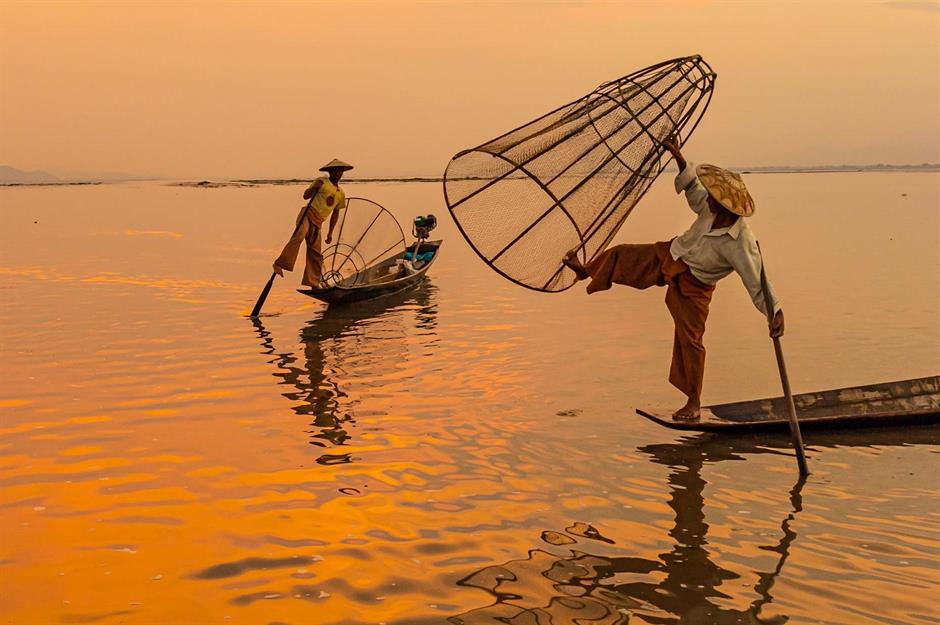
During the brief interludes when tourists were able to visit more freely (233,000 made it in 2022), they discovered why Myanmar is called the ‘Land of Golden Pagodas’, so named for the phenomenal 2,200 pagodas scattered around the ancient city of Bagan.
Other beauty spots include the much-photographed U-Bein Bridge and the Intha fishermen at Inle Lake, who stand on one leg to make it easier to spot the fish in the shallow waters below. Hopefully visitors will be able to experience its magic again soon.
14. Saint Vincent and the Grenadines
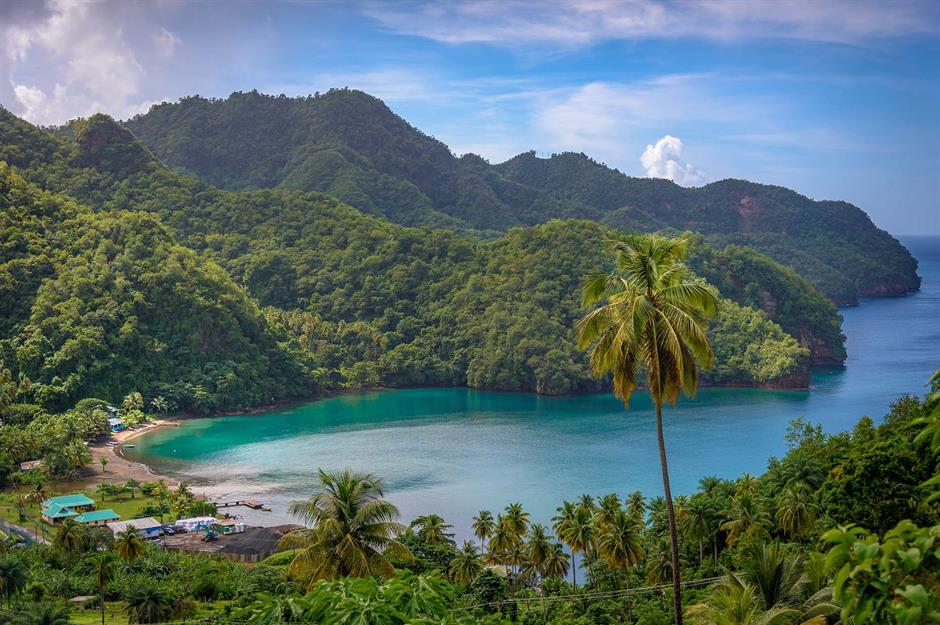
This is the Robinson Crusoe-style Caribbean many travellers dream of – yet with only 210,000 visitors in 2022, it seems few have discovered its deserted beaches, secluded islands and reefs teeming with marine life.
The country consists of 32 volcanic islands and cays, with just nine permanently inhabited. Saint Vincent's Wallilabou Bay is best known as a filming location for Pirates of the Caribbean, where it stood in for Port Royal. Today, remnants of the movie set remain, drawing film fans to this scenic slice of coastline.
14. Saint Vincent and the Grenadines
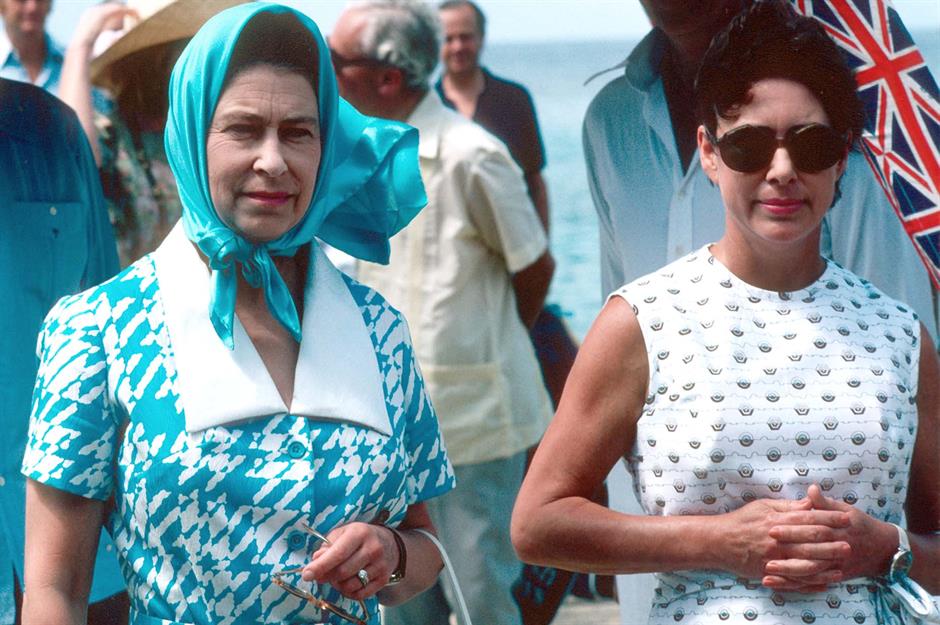
The tiny private island of Mustique, part of St Vincent the Grenadines, has long been a celebrity retreat. Mick Jagger, David Bowie and Paul McCartney have all visited, but Princess Margaret put it on the map with her infamous villa. Even Queen Elizabeth II visited multiple times.
One of many Grenadine gems, Mustique offers world-class sailing, secluded beaches and a rich cultural blend. Vincentian Creole, shaped by French, Spanish and West African influences, is reflected in both language and local dishes.
13. Moldova
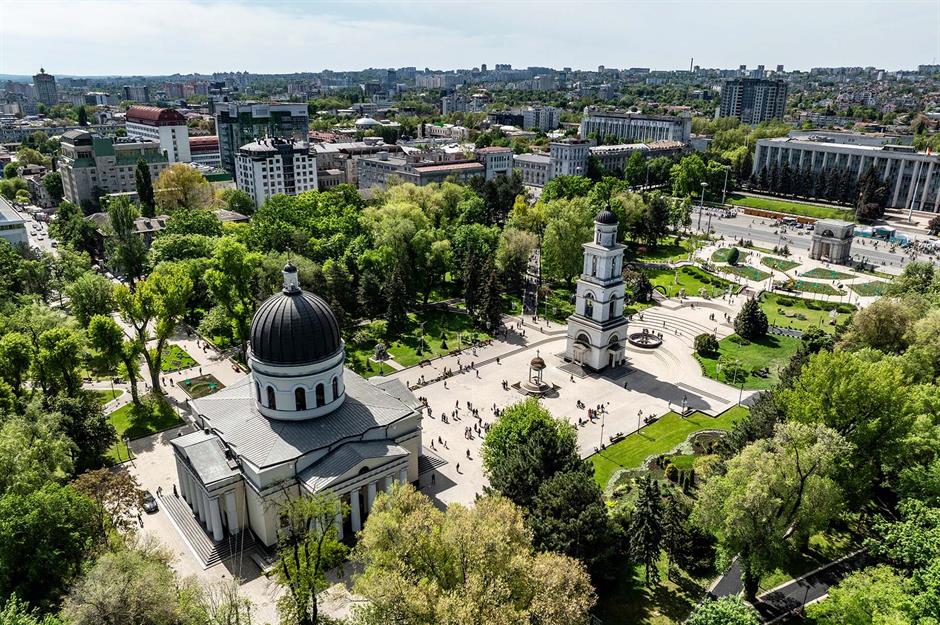
Moldova remains one of Europe’s least-visited countries, bringing in just 162,000 travellers in 2022, mainly to capital Chisinau (pictured). It’s been under the rule of the Ottomans and Russians over the centuries, before gaining independence in 1991.
It now has strong links with Romania, as two-thirds of the population are of Romanian descent and the country has even given Moldova its official language, although many people are also proficient in Russian.
13. Moldova

Moldova is a major exporter of walnuts, a key ingredient in many local recipes. Other tasty traditional dishes include mamliga, a type of porridge made with yellow maize flour and served with a meat stew. The country is also a burgeoning wine producer, with small vineyards (pictured) in the regions of Codrui, Valul lui Traian and Stefan Voda.
However, due to the current conflict in neighbouring Ukraine, the UK and US governments advise caution when visiting eastern parts of the country, especially near the breakaway state of Transnistria.
12. Djibouti
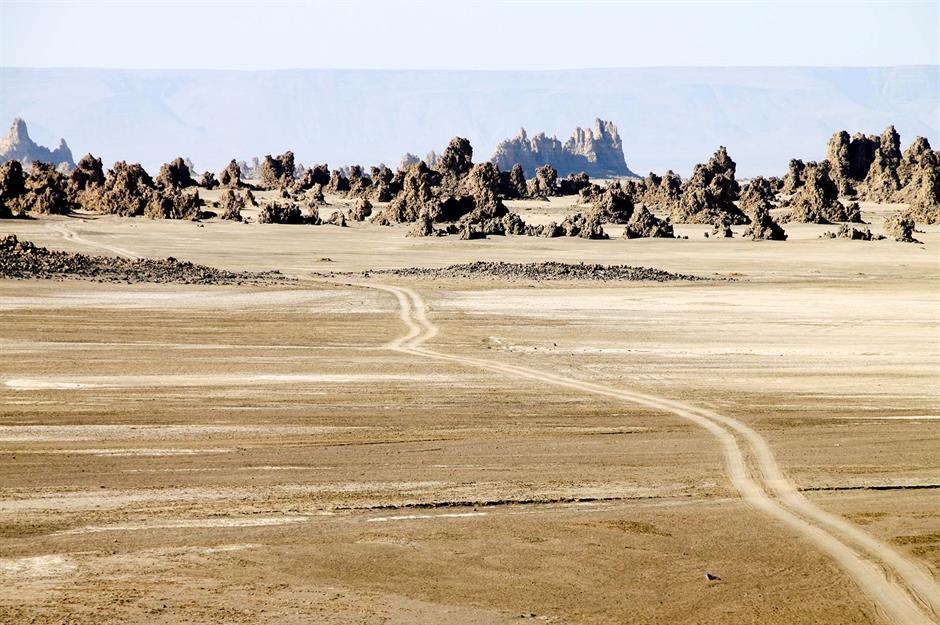
This often-overlooked country on the Horn of Africa deserves more attention. Few places offer such a diverse range of landscapes, from volcanic crater lakes and vast, rugged canyons to bubbling hot springs and towering limestone rock chimneys. These otherworldly plains draw adventurous travellers, with about 145,000 visitors in 2022.
12. Djibouti
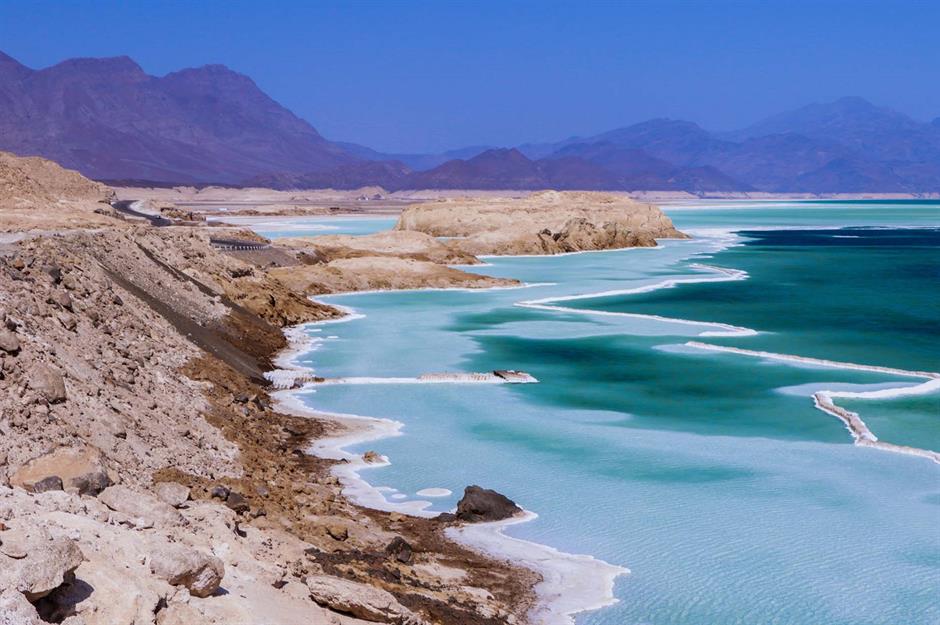
Djibouti City is a vibrant, multicultural capital that showcases the country’s blend of African, Arabic and Asian influences. However, it's Djibouti's diverse landscapes that truly stand out, including salt-rich Lac Assal, the lowest point in Africa, and the otherworldly plains of Lac Abbé, known for limestone chimneys.
Travel advisories suggest steering clear of the border area with Eritrea and remaining vigilant against crime and terrorism when travelling around Djibouti.
11. New Caledonia
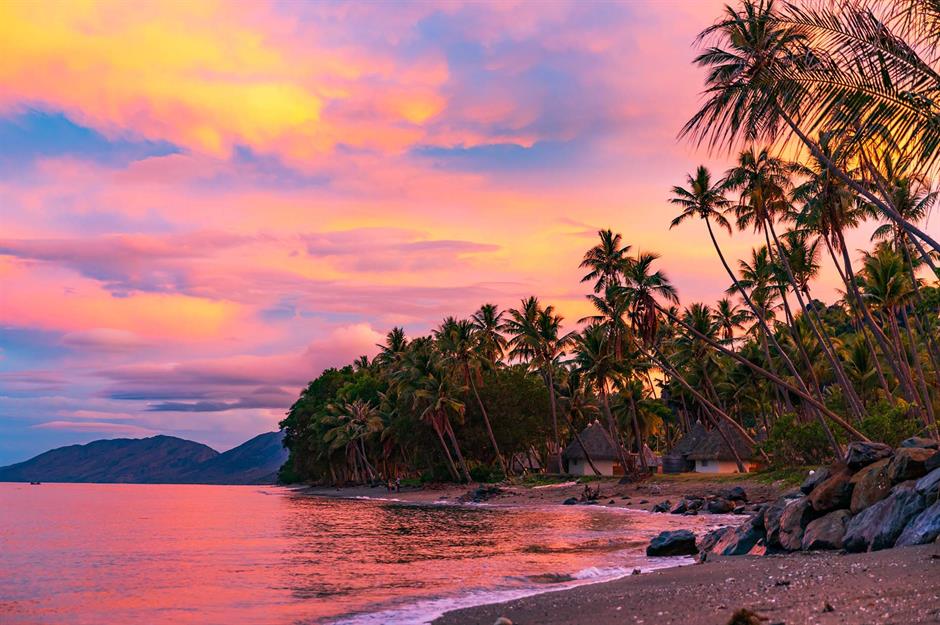
This former French colony – now a semi-autonomous French overseas territory – is surrounded by the world’s largest coral lagoon, home to sharks, whales, turtles and the world’s third-largest population of dugong.
The marine ecosystem, which was registered as a UNESCO World Heritage Site in 2008, is integral to the life of the Indigenous Kanak people of New Caledonia, including in the Loyalty Islands that form part of the South Pacific archipelago.
11. New Caledonia
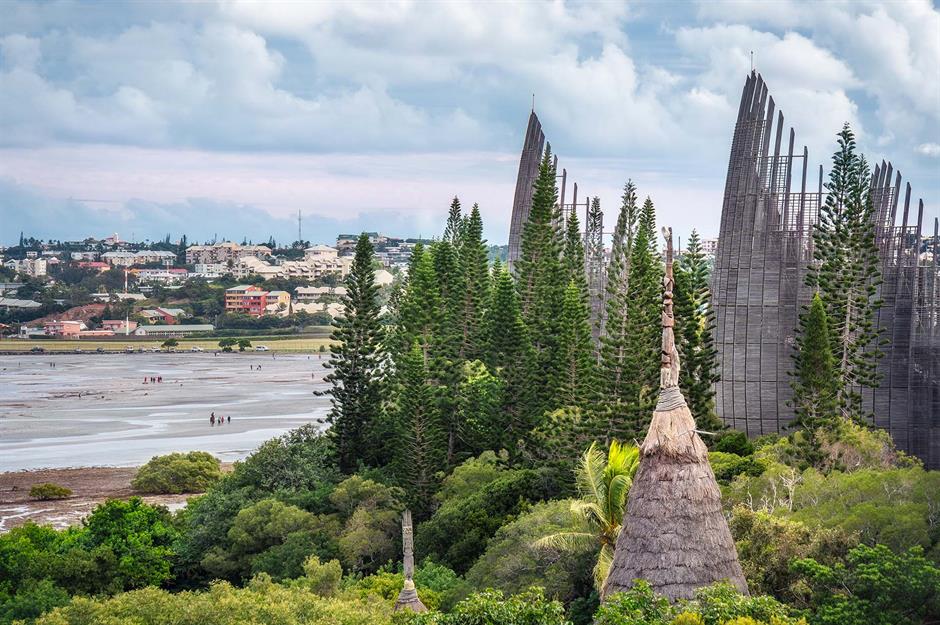
Aside from its nearly 1,000 miles (1,600km) of coral reef, New Caledonia offers plenty to explore on land, as 139,000 visitors discovered in 2022. The main island of Grande Terre is known for its beaches, French-Polynesian cuisine and the Tjibaou Cultural Centre (pictured), which celebrates Indigenous Kanak traditions.
However, recent political unrest has led to travel advisories, particularly in certain areas. Travellers should stay informed about local conditions and follow safety guidelines when visiting.
10. Angola
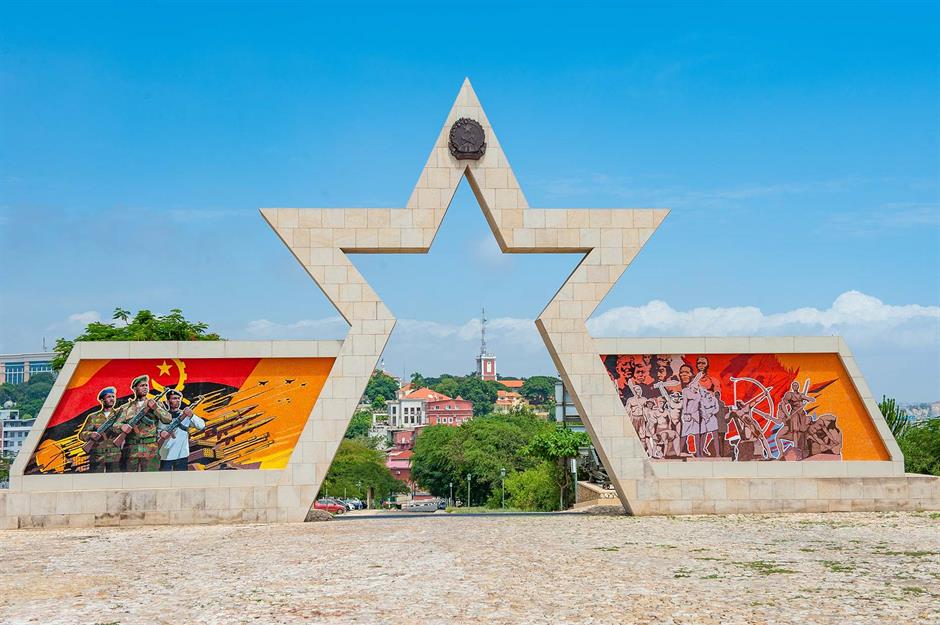
Twice the size of France but with half the population, it may seem surprising that Angola attracted just 130,000 visitors in 2022. However, this West African nation only gained independence from Portugal in 1975 and was embroiled in a civil war until 2002. With an oil-dependent economy and nearly a third of its population living in the capital, Luanda, tourism has not been a primary focus.
And yet, home to 90 ethnic groups, including the Ovimbundu, Mbundu and Bakongo, it is a nation of deep-rooted traditions and stunning landscapes.
10. Angola
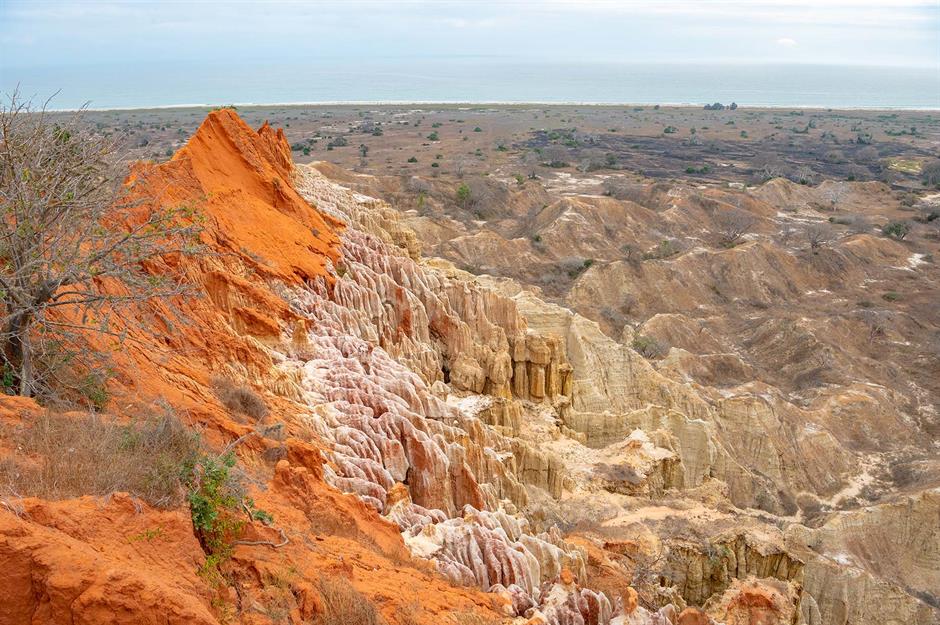
The karst formations of Miradouro da Lua create an almost lunar landscape near Luanda (pictured), while Kalandula Falls, one of Africa’s largest waterfalls by volume, cascades in a breathtaking horseshoe shape. Prehistoric rock art scattered across the country adds to Angola’s rich heritage.
However, travel advisories suggest caution due to recent violent protests in Luanda and other provinces, and banditry along certain parts of the border with the Democratic Republic of the Congo. Visitors should stay informed and follow local guidance.
9. Burkina Faso

This small, landlocked nation in West Africa is a former French colony known for exporting gold and cotton, which make up the lion’s share of its economy. After gaining independence in 1960 under the name Upper Volta, it rebranded as Burkina Faso in 1984, a name that means 'Land of Honest People'.
Although it welcomed around 116,000 visitors in 2022, both the UK and US governments currently advise against all travel due to political instability, terrorism and the risk of kidnapping. LGBT+ travellers should also be aware that same-sex relationships are considered a criminal offence in the country, and can lead to prison sentences of up to five years.
9. Burkina Faso

When travel to Burkina Faso is possible, there is much to enjoy. Cultural highlights include the Grand Mosque of Bobo-Dioulasso (pictured), a striking white-washed mud structure with protruding wooden beams, showcasing traditional Sudano-Sahelian architecture.
Other standouts are the Loropéni Ruins, the country's first UNESCO World Heritage Site; and the Sindou Peaks, a chain of dramatic sandstone spires which tower 1,360 feet (415m) above sea level.
8. Cook Islands
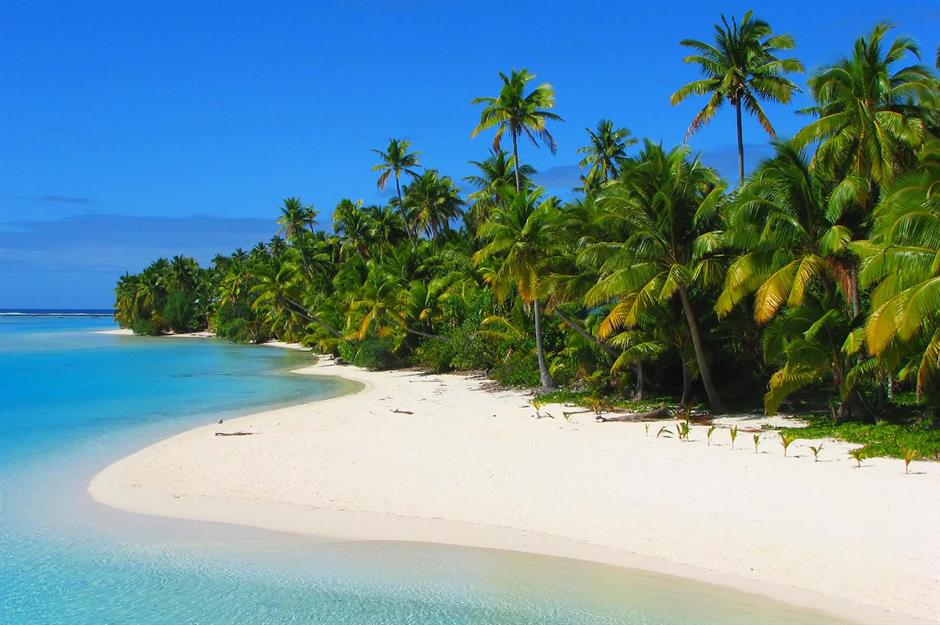
This cluster of 15 Polynesian islands is as close to paradise as you can get, with turquoise seas and white-sand shores fringing lush, tropical interiors, where no hotel can ever be built higher than the tallest coconut tree. It’s in the same time zone as Hawaii, and has political links to New Zealand, along with its fellow South Pacific nations. Around 121,000 visitors touched down here in 2022.
8. Cook Islands
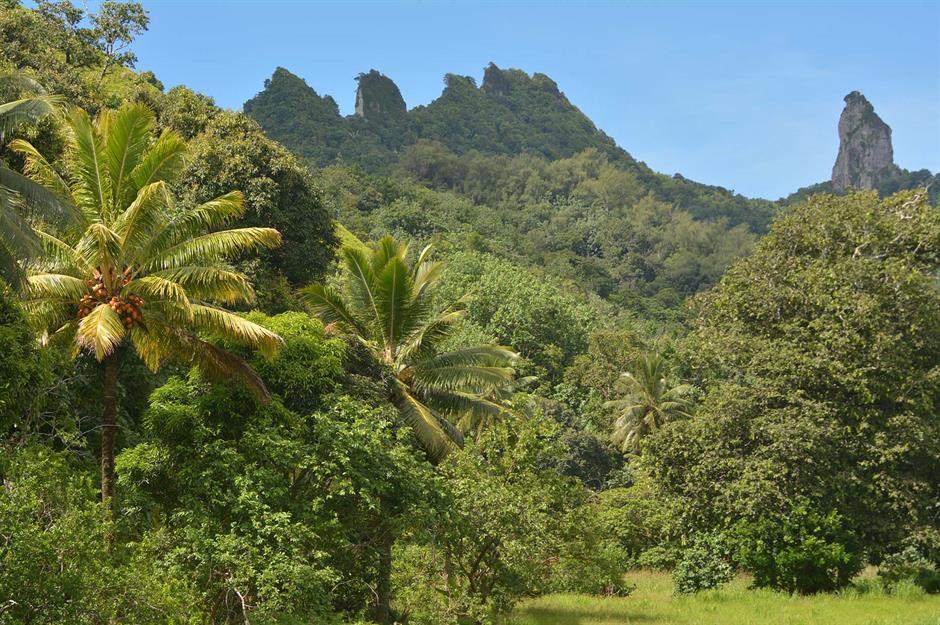
Rarotonga is the largest island in the archipelago, home to its only airport and its highest peaks, including Te Rua Manga (pictured). There are no traffic lights, but getting around is easy with just one ring road and two bus routes – clockwise and anti-clockwise.
Visitors can stay right on the water’s edge, with options for boat trips, fishing and diving. Inland, activities like hiking, quad biking and cycling offer a different perspective of the island.
7. Liechtenstein
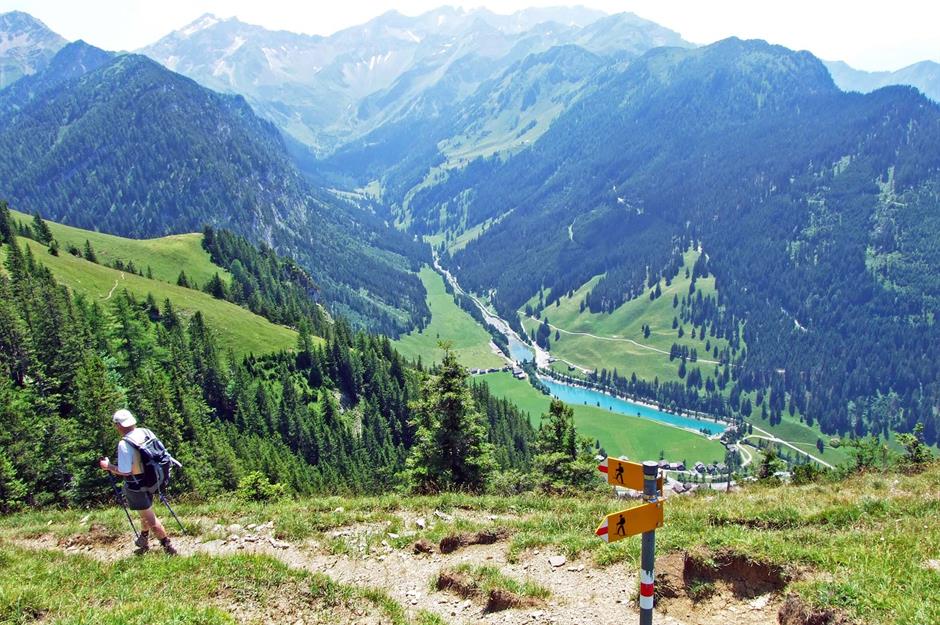
Sandwiched between Switzerland and Austria, the pocket-sized principality of Liechtenstein attracted only 101,000 tourists in 2022 – which is actually an improvement on previous years. This isn't so surprising, as it covers just 62 square miles (161sq km) and is one of only two ‘double-landlocked’ countries (those surrounded only by other landlocked countries) in the world, the other being Uzbekistan.
There is no airport in Liechtenstein, and it doesn't have its own railway company, so getting there can be a bit tricky. But its dramatic alpine setting is worth the effort.
7. Liechtenstein
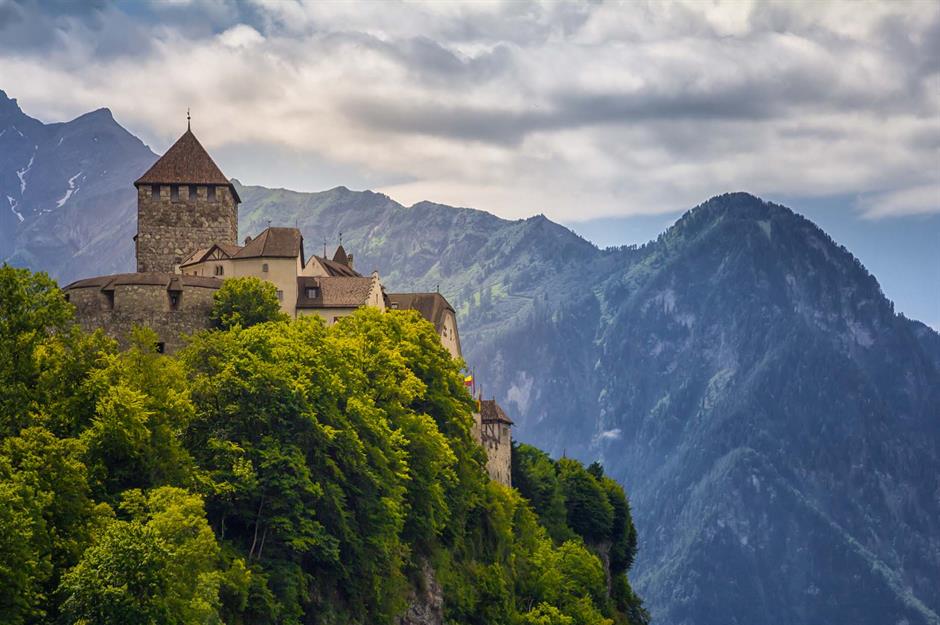
Fairy-tale castles and captivating countryside are the main attractions in tiny Liechtenstein. The capital is watched over by the 700-year-old Schloss Vaduz (pictured), once built as a fortress to defend the city and now the official residence of the prince. Outside Vaduz, it’s all about hiking. There are more than 30 trails through the mountains offering a front-row seat to stunning scenery and shimmering lakes.
6. Papua New Guinea
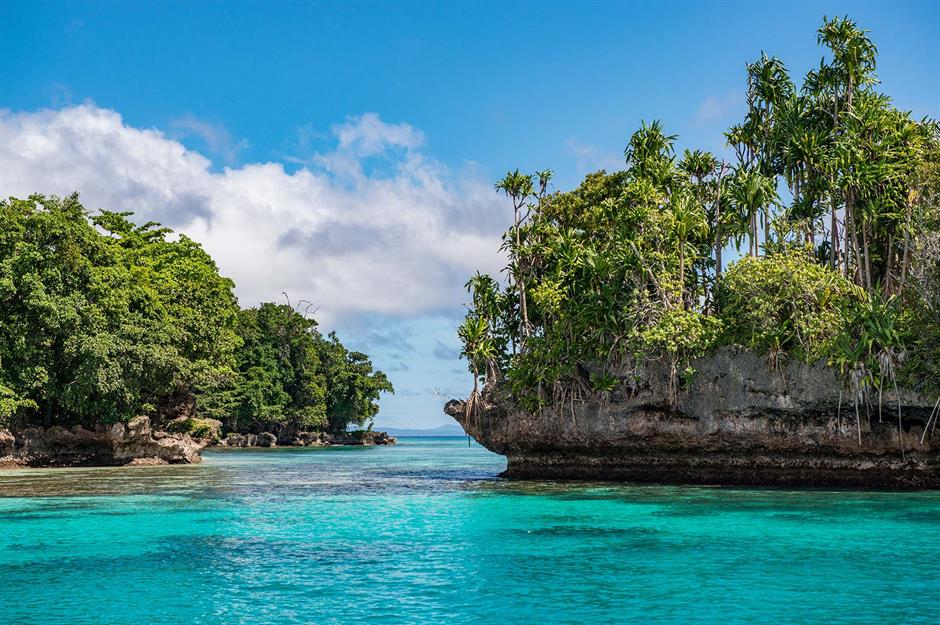
This Pacific nation occupies the eastern half of New Guinea – the world’s second-largest island – plus 600 offshore islands. Its remote, jungle-clad terrain has long drawn explorers, yet only 69,000 visitors arrived in 2022.
Travel advisories should be checked before venturing off the beaten path, as some areas are off-limits to tourists or prone to violence, civil unrest and even piracy. But for those who make the journey, Papua New Guinea offers untouched landscapes and world-class diving and trekking.
6. Papua New Guinea
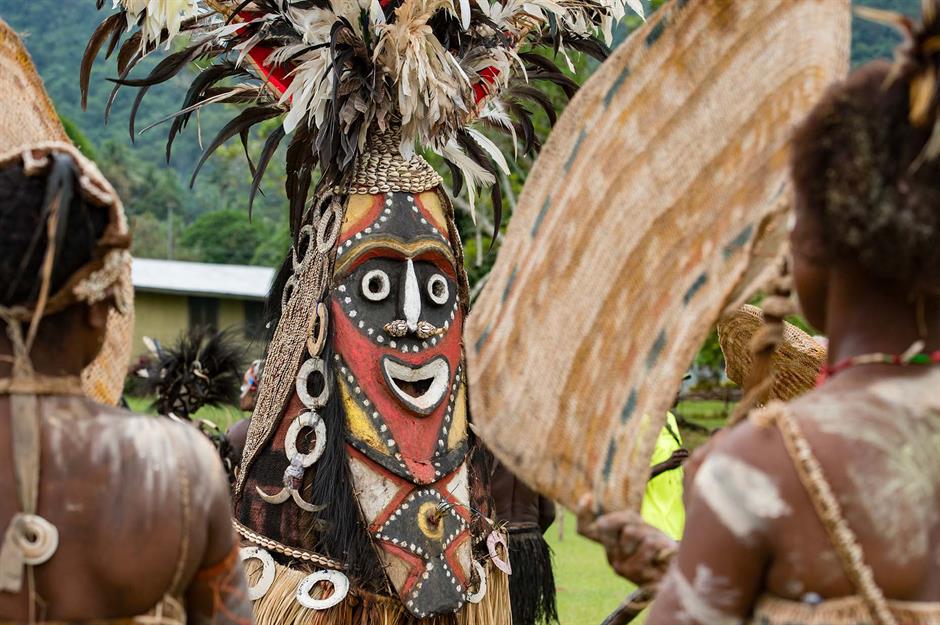
Papua New Guinea may be one nation, but its hundreds of distinct communities speak over 800 languages, making it one of the most diverse places on Earth. Cultural highlights include the Sepik Crocodile Festival (pictured), celebrating the region’s crocodile heritage, and the Enga Cultural Festival. Its wildlife is just as unique, with 38 species of birds of paradise and the world’s smallest parrot.
5. Vanuatu

This Y-shaped archipelago in the South Pacific has spent years rebuilding its tourism infrastructure following Cyclone Pam’s devastation in 2015. However, only 65,000 visitors explored its 80 islands in 2022, with most arriving via flights from Australia and New Zealand. For those seeking island-hopping adventures, connections from Fiji and New Caledonia make it more accessible.
5. Vanuatu
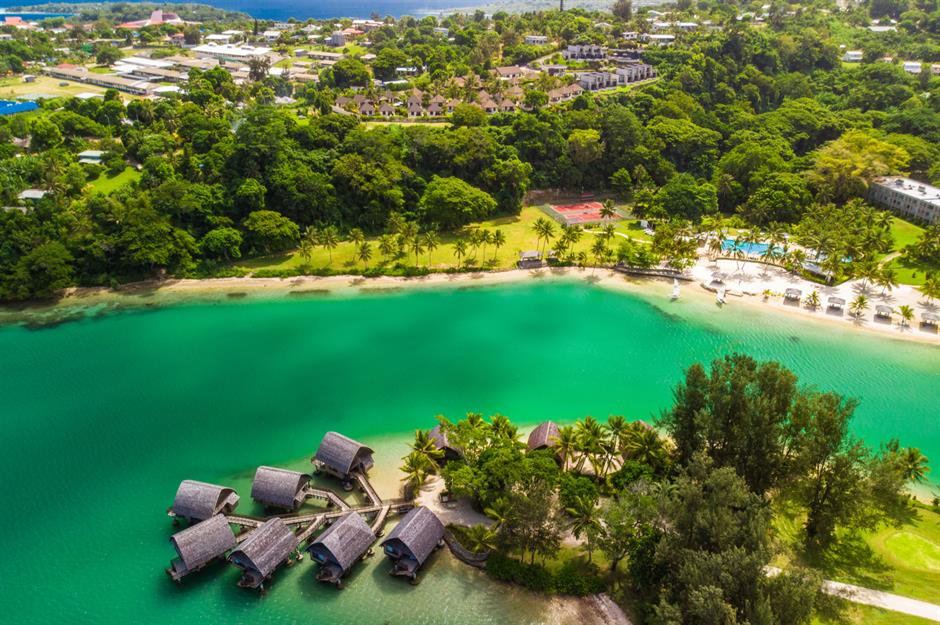
From hiking to the rim of Mount Yasur, one of the world’s most accessible active volcanoes, to diving among World War II shipwrecks like the SS President Coolidge, Vanuatu is an adventurer’s paradise. The capital, Port Vila (pictured), serves as a perfect base for exploring museums, volcanoes and the island’s lush coastline, where pale-sand beaches meet crystal-clear waters.
4. Samoa

Deep in the South Pacific, Samoa’s 10 islands offer a secluded slice of paradise, about as remote as it gets. Only four are inhabited – Upolu, Savai’i, Apolima and Manono – with Upolu being the busiest, home to the capital Apia and the widest range of accommodation. It’s also the main gateway for the 51,000 visitors who arrived in 2022.
4. Samoa
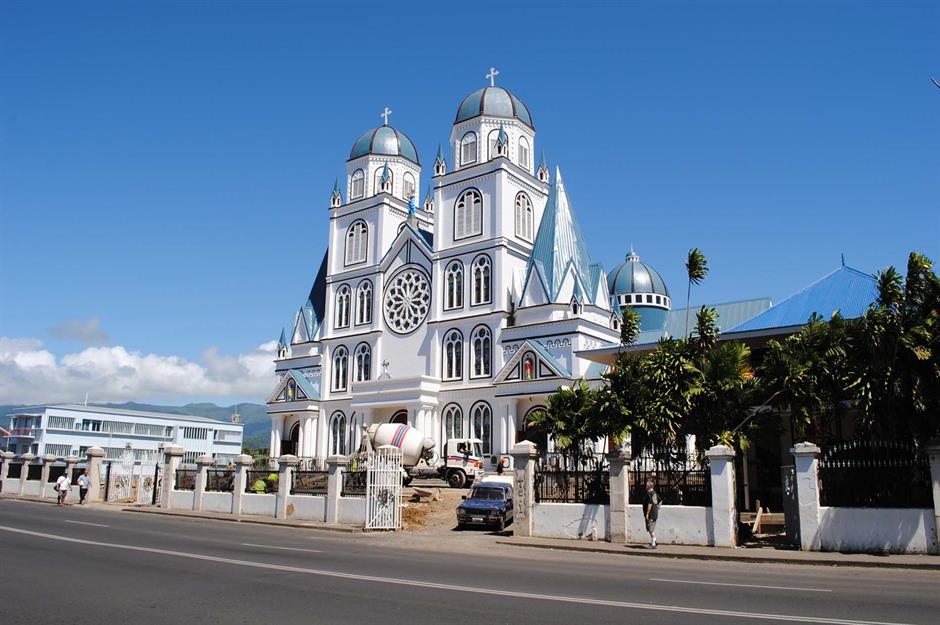
Samoa sits near the International Date Line, making it one of the first places to welcome the new day – while just 137 miles (220km) away, American Samoa is among the last.
In December 2011, Samoa made history by skipping an entire day, shifting its calendar forward to align with key trade partners Australia and New Zealand. The change saw residents in Apia (pictured) gather around the town clock, cheering as midnight struck and Friday instantly became Sunday.
3. Tonga
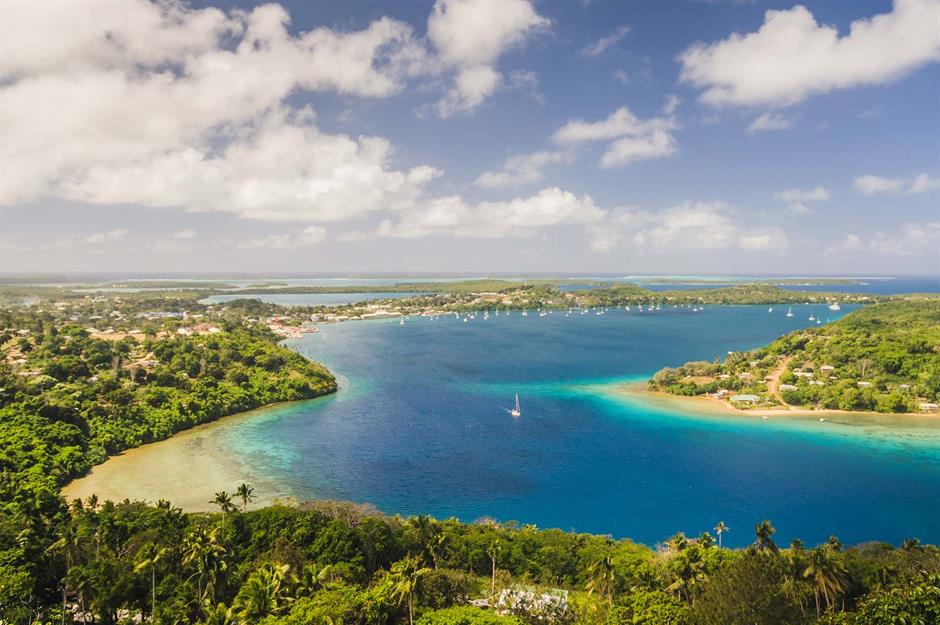
Reset your watch to ‘Tonga time’ upon arrival at Fua‘amotu International Airport, a short drive from Nuku‘alofa, the gateway to this 170-island Polynesian archipelago. The islands are split into three main groups – Tongatapu in the south, Ha‘apai in the centre and Vava‘u in the north. With such vast distances, it’s no surprise that just 22,000 tourists visited in 2022.
3. Tonga
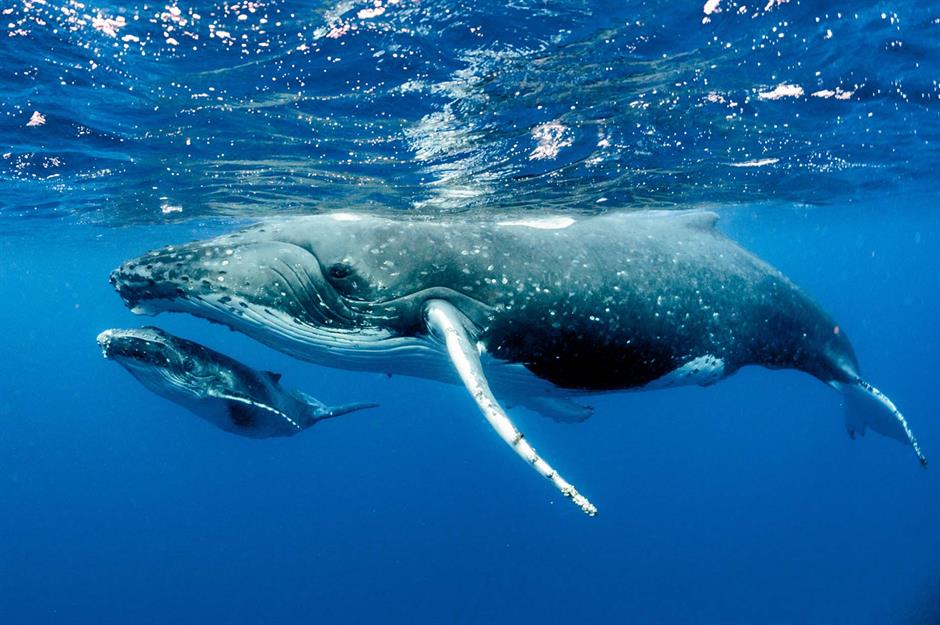
Once ruled by kings who presided over a huge swathe of South Pacific territory, Tonga is unique among its neighbouring nations in that it has never lost its Indigenous governance, giving rise to a thriving local culture today. Once dubbed ‘The Friendly Islands’ by explorer Captain James Cook, it sits on the path of migrating humpback whales (best seen from July to October).
2. Bhutan
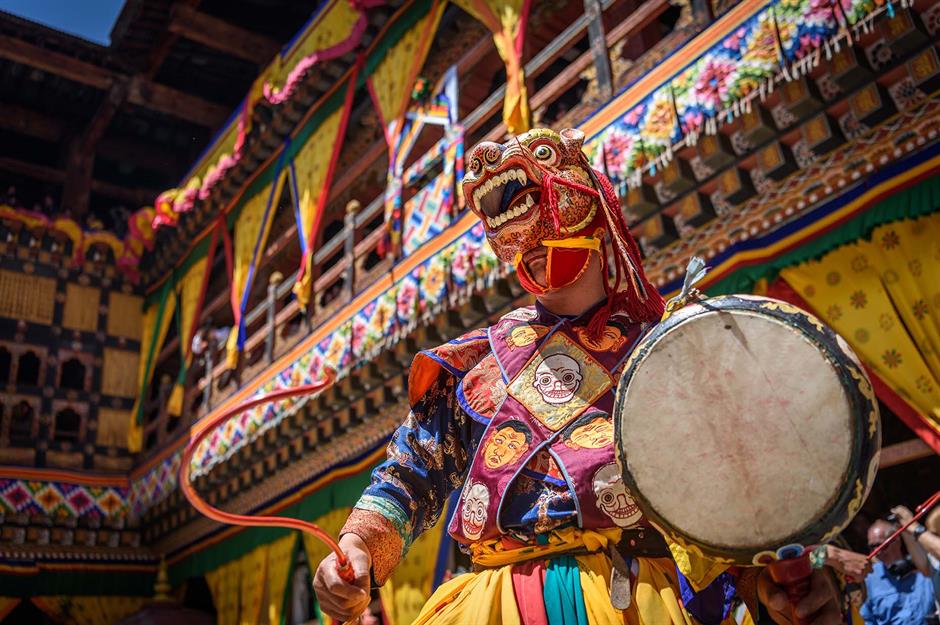
The tiny Himalayan kingdom of Bhutan – known for prioritising 'gross national happiness' over economic growth – has long been a bucket-list destination for adventurous travellers.
When it first opened to tourism in 1974, just 274 visitors crossed its borders. By 2022, however, its glorious mixture of colourful local traditions, ancient Buddhist temples and breathtaking natural scenery had seen that number rise to 21,000.
2. Bhutan
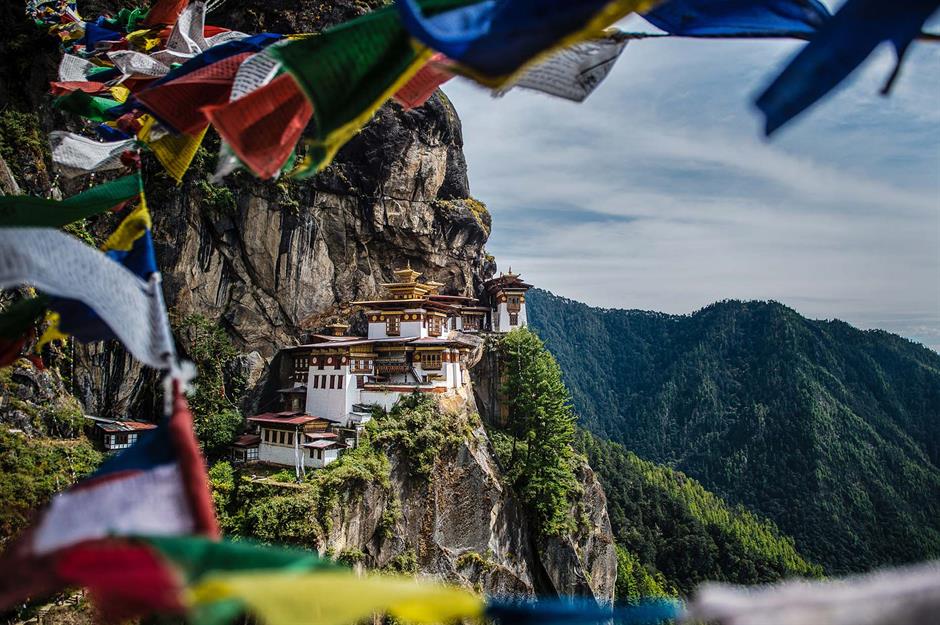
Bhutan is the world’s only carbon-negative country, thanks to its vast forests, which cover 70% of its land and absorb more carbon than the nation emits.
It’s also a leader in sustainable tourism. Private car hire is impossible, hunting and fishing are illegal in most of the country, and all visitors are required to pay a Sustainable Development Fee (US$100 per person per night) to help preserve its natural and cultural heritage.
1. Kiribati

Kiribati – a remote island nation in the Micronesia region of the Pacific Ocean – is the least-visited country in the world. Its 33 atolls and islands straddle the equator, sitting just above sea level, making them among the world’s most climate-vulnerable.
With only 2,000 visitors in 2022, most arrivals head to Tarawa, where nearly half the population resides. However, scuba divers seeking untouched waters venture further to Christmas Island and Fanning Island, home to some of the Pacific’s most pristine marine ecosystems.
1. Kiribati

The archipelago is divided into three main island groups – the Gilbert Islands, Phoenix Islands and Line Islands – each offering unique experiences.
Christmas Island (Kiritimati) is a world-class fishing and diving destination, while the Phoenix Islands Protected Area, a UNESCO-listed marine reserve, is a haven for snorkellers and bird watchers. Until 1994, Kiribati straddled the International Date Line, meaning a 23-hour time difference existed within the same country.
Comments
Be the first to comment
Do you want to comment on this article? You need to be signed in for this feature